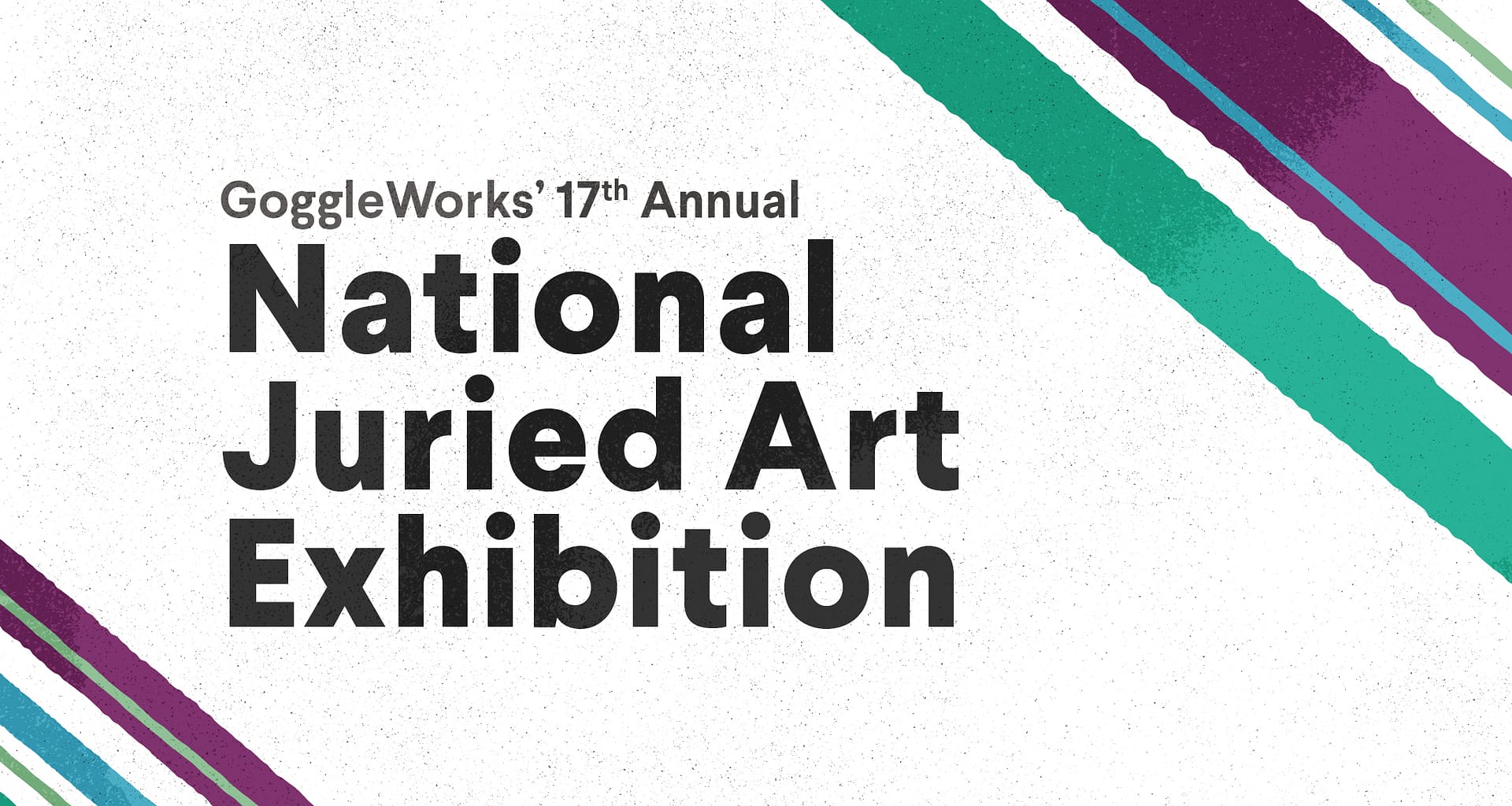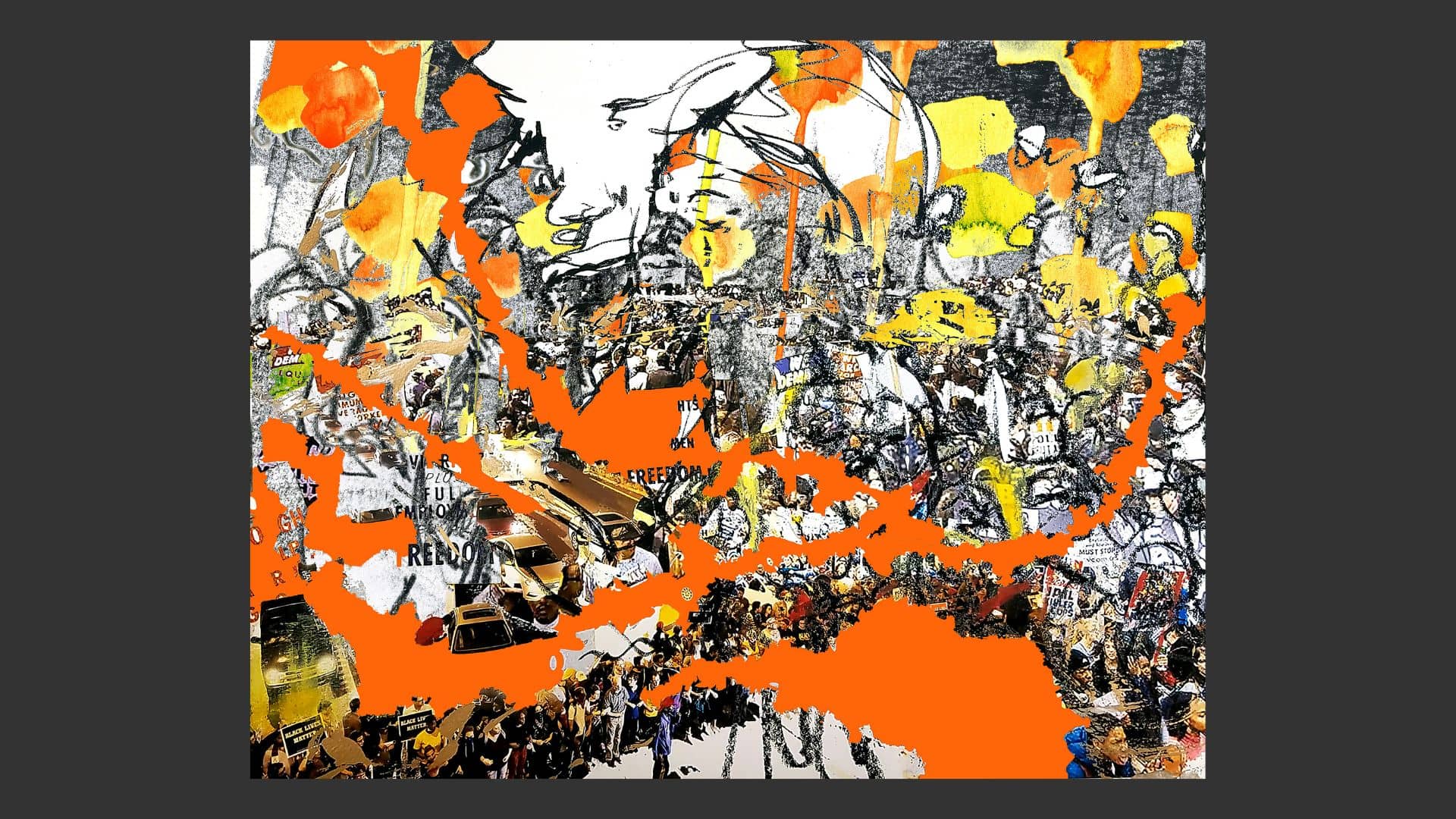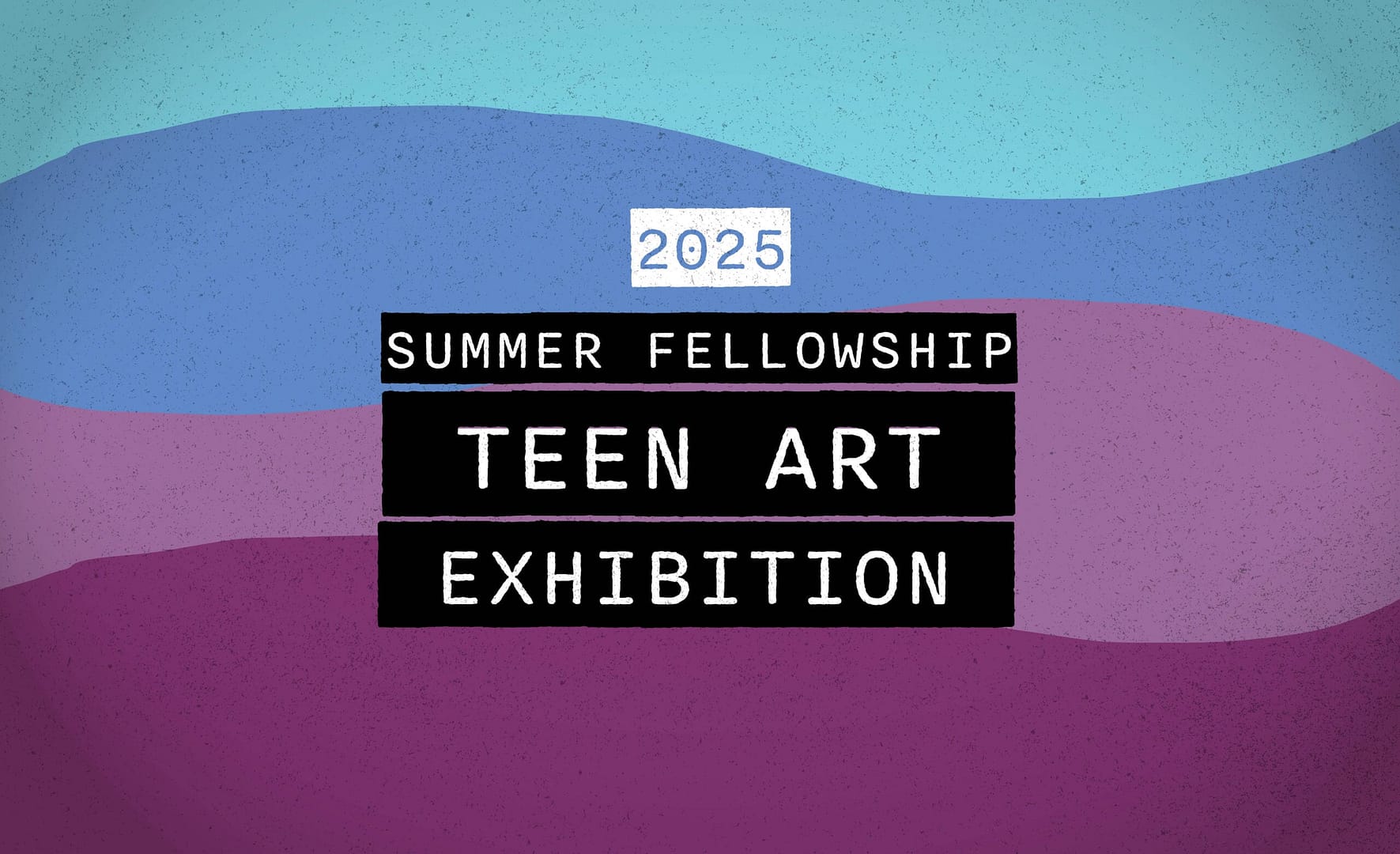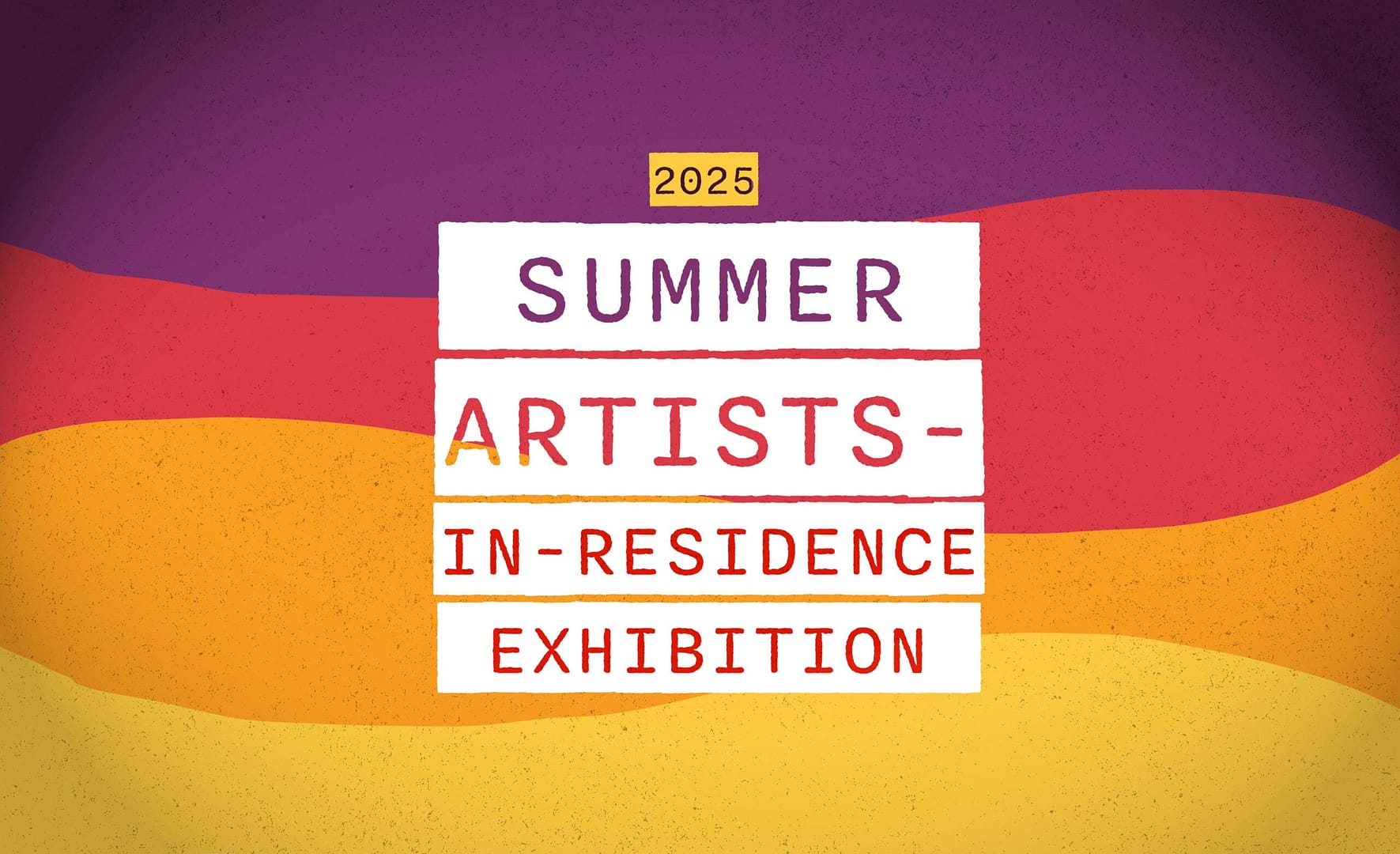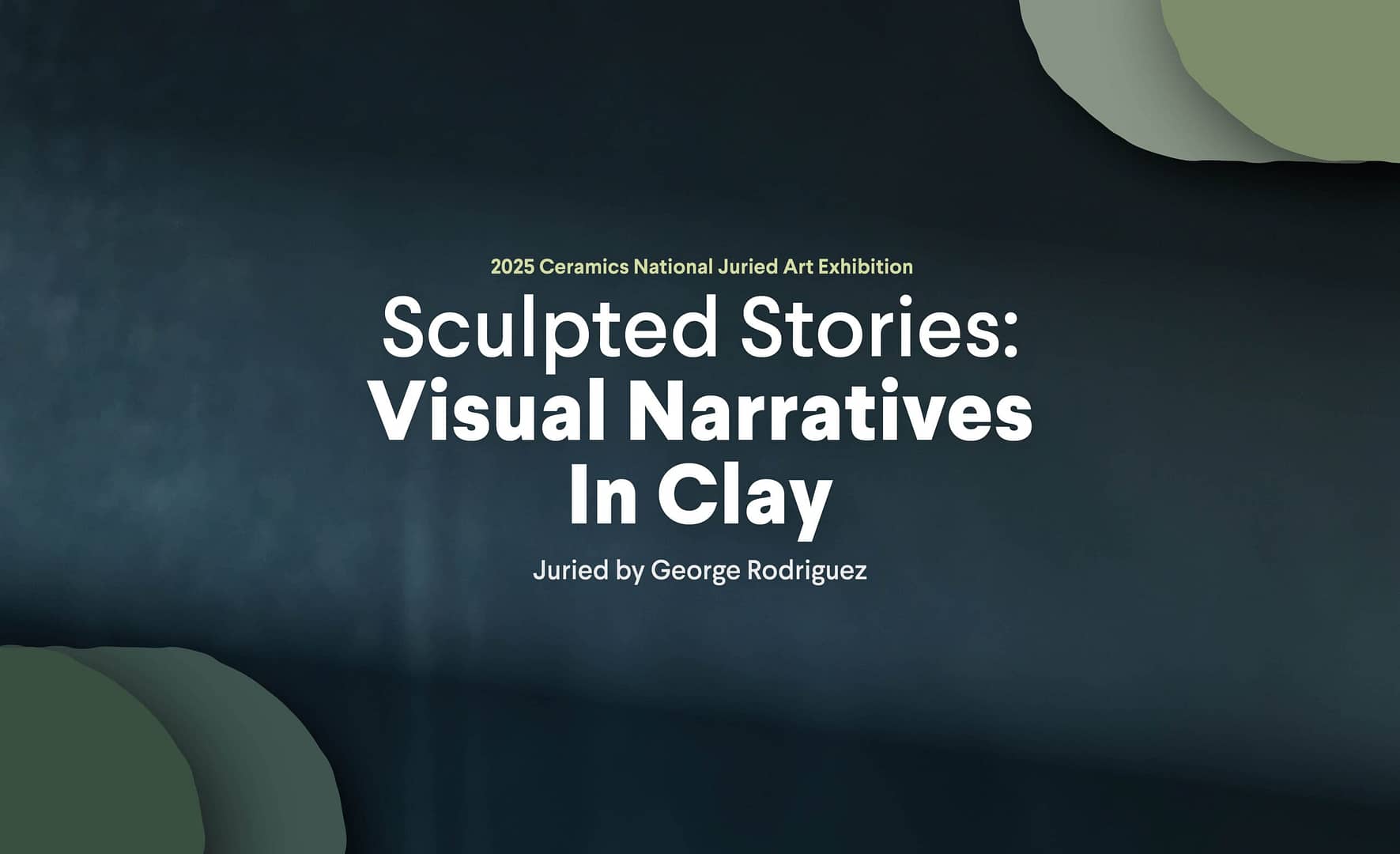Your cart is currently empty!
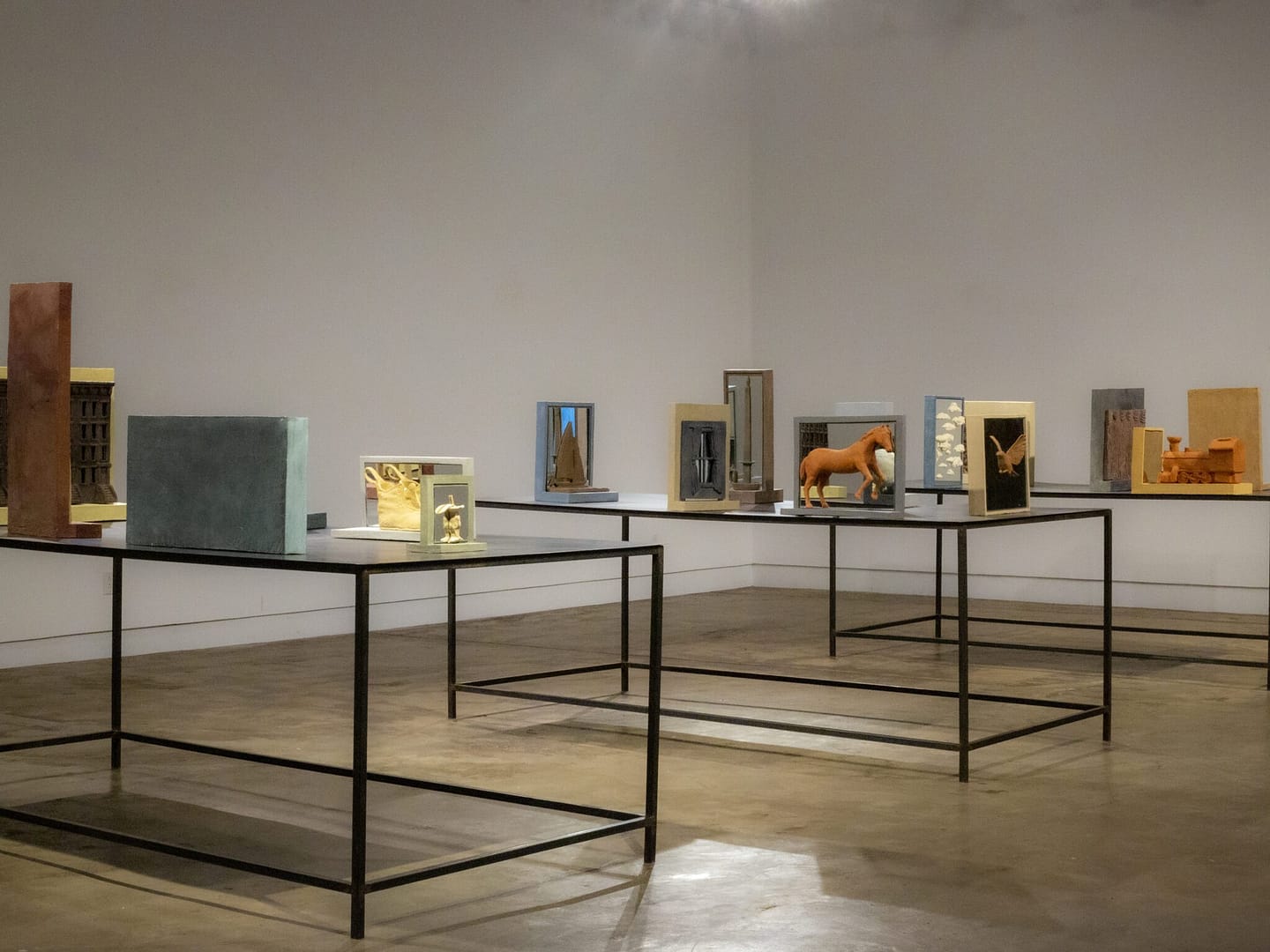
Chris Rodgers & Joshua Bienko: On the Carpet of Leaves
On the Carpet of Leaves
From Chris Rodgers:
Humanity has continuously found the desire to create as a way of connecting to both the people and places around them. I am constantly searching to make sense of my own connection to this vast expanse of human history. I am not only concerned with formal qualities of art, but also the nonverbal communication that exists between the individual and the art that they are experiencing.
The time and place in which we all live is filled with an endless amount of commodified objects. I find a sense of heaviness when considering the amount of everything that surrounds us all. But I believe there is value in the handmade, crafted, and cared for object; this value is one that is intrinsic, rather than relating to an economic market. The act of making is a way of relating to all those who made before, it is both a continuation and an examination of history. It is a way of seeing something new through the eyes, but also the hand.
I find clay compelling for its ability to capture the imprint of other materials and the immediacy in which it can be acted upon. The hand is essential for me to address as it has been the primary tool throughout human history. I can only depict its importance by using it selectively and by contrasting it with other materials and methods of construction.
I am interested in how art objects are constantly re-contextualized by individuals throughout time. It is often not the object that is changing, but rather the ideas that society applies to it. This in turn creates multiple histories that become intertwined when experiencing any art. I am concerned with creating connections between the artworks, space, and the viewer; and how all of this is summed up in a complete experience.
From Joshua Bienko:
About the Artists
Chris M. Rodgers is a native of Charleston, WV where he earned his BA from West Virginia State University. He spent several years teaching English in Beijing, China before continuing his education at Kansas State University through their post-baccalaureate program and then on to study ceramics at Tainan National University of the Arts in Tainan, Taiwan. He earned his MFA at the University of Arkansas in the spring of 2019. Rodgers has recently attended several artist residency programs including c.r.e.t.a. Rome, Rome, Italy; Watershed Center for the Ceramics Arts, Maine; Ox-Bow School of Art, Michigan; and Casa Lü Tlalpan, Mexico City, Mexico. He was awarded the Governor’s Purchase Award at the 2019 West Virginia Juried Exhibition. He currently lives in Philadelphia, PA and is a Resident Artist at The Clay Studio and the ceramics tech at the University of the Arts.
Joshua Bienko (b. 1978, NY) received his MFA from the Lamar Dodd School of Art at the University of Georgia in 2008, and his BFA from the University of Buffalo in 2000. He has exhibited at NADA (NY), Dallas Contemporary (TX), Artpace (TX), Labor Ebertplatz (Köln), Vox Populi (PA), Big Medium (TX), OUTERSPACE (facebook) and the Guggenheim Museum (in collaboration with YouTube Play Biennial). Most recently he has shown in Portland, New York, Baltimore, Brooklyn and Pittsburgh. He has also curated shows in Brooklyn, Queens, Seattle, and Gainesville and is one of the founding members of the artist-run space Ortega y Gasset Projects in Gowanus, and C for Courtside in Knoxville. He is a 2009 Tanne Foundation recipient, and a Hambidge Residency and V.C.C.A Fellow. Bienko is an Associate Professor in the School of Art at the University of Tennessee, where he teaches Drawing and Painting.
“Who’s the G.O.A.T.? Jordan! Or maybe J.M.W. Turner. Yeah, Either Jordan or Turner.”

